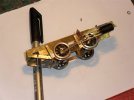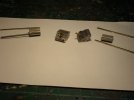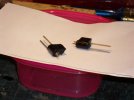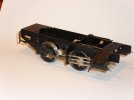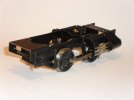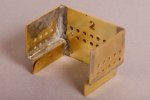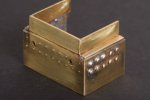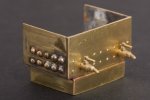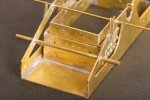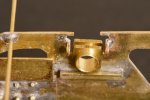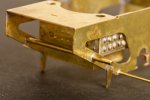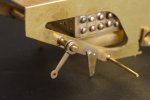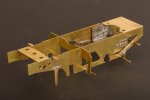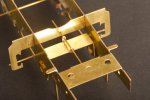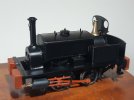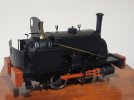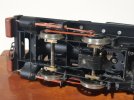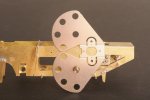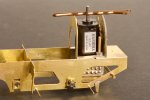Richard Gawler
Western Thunderer
Allen, these photos are going to help me a lot, they explain details which are not so obvious from the instructions and the photograph on the box. The screws and nuts to hold the cylinders sound sensible, I would not have thought of this on my own.
I have some photos of ‘Sankey’ and it seems like a good example to work from because it is the right age (built 1888) and has less rivet detail than some of the others.
Did you fit the motor entirely inside the firebox? I have a motor and ‘multibox’ gearbox from Branchlines, recommended by the proprietor and by Slater's. Of course, a photo of the other side of your loco or the chassis would be much appreciated too
I have some photos of ‘Sankey’ and it seems like a good example to work from because it is the right age (built 1888) and has less rivet detail than some of the others.
Did you fit the motor entirely inside the firebox? I have a motor and ‘multibox’ gearbox from Branchlines, recommended by the proprietor and by Slater's. Of course, a photo of the other side of your loco or the chassis would be much appreciated too



